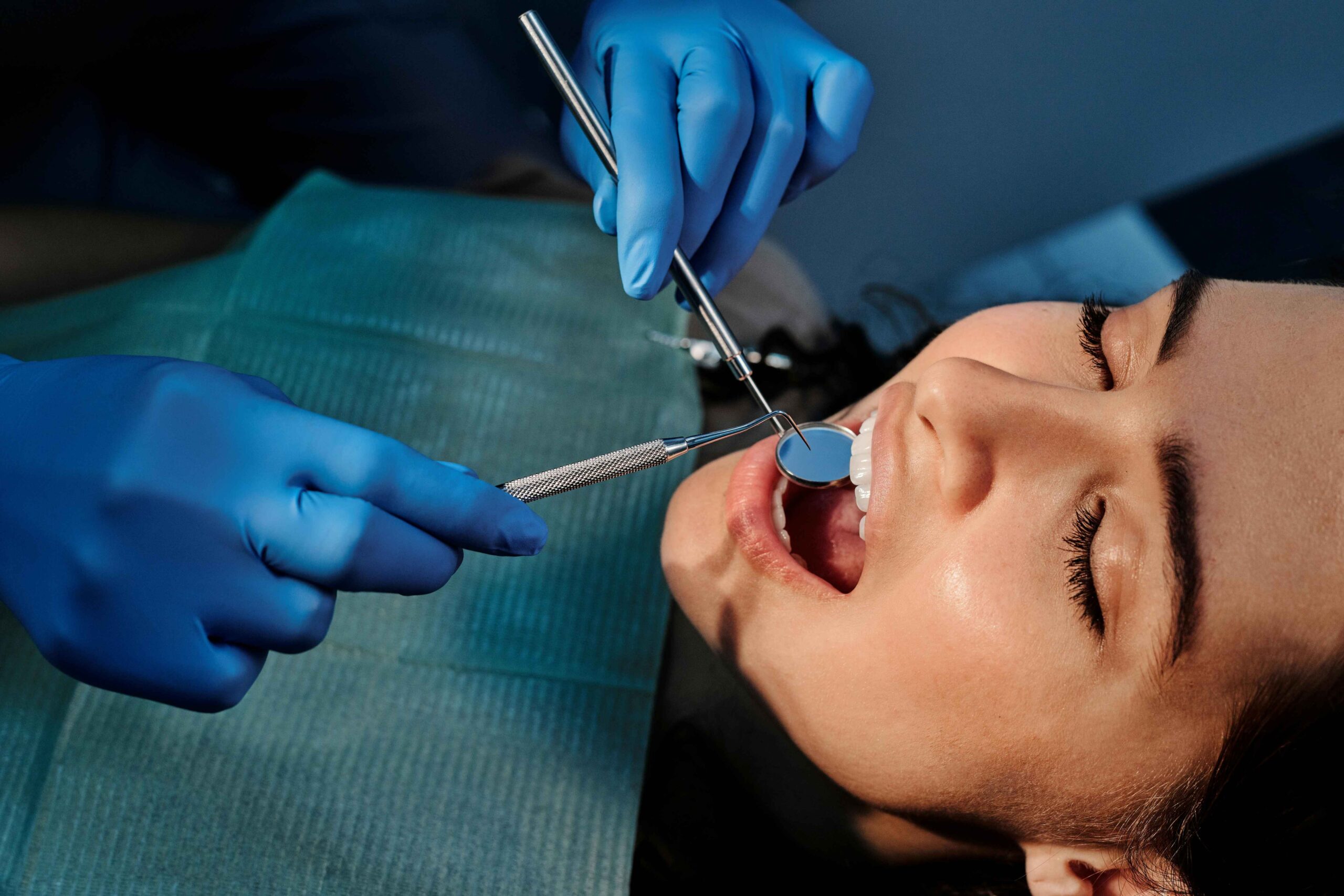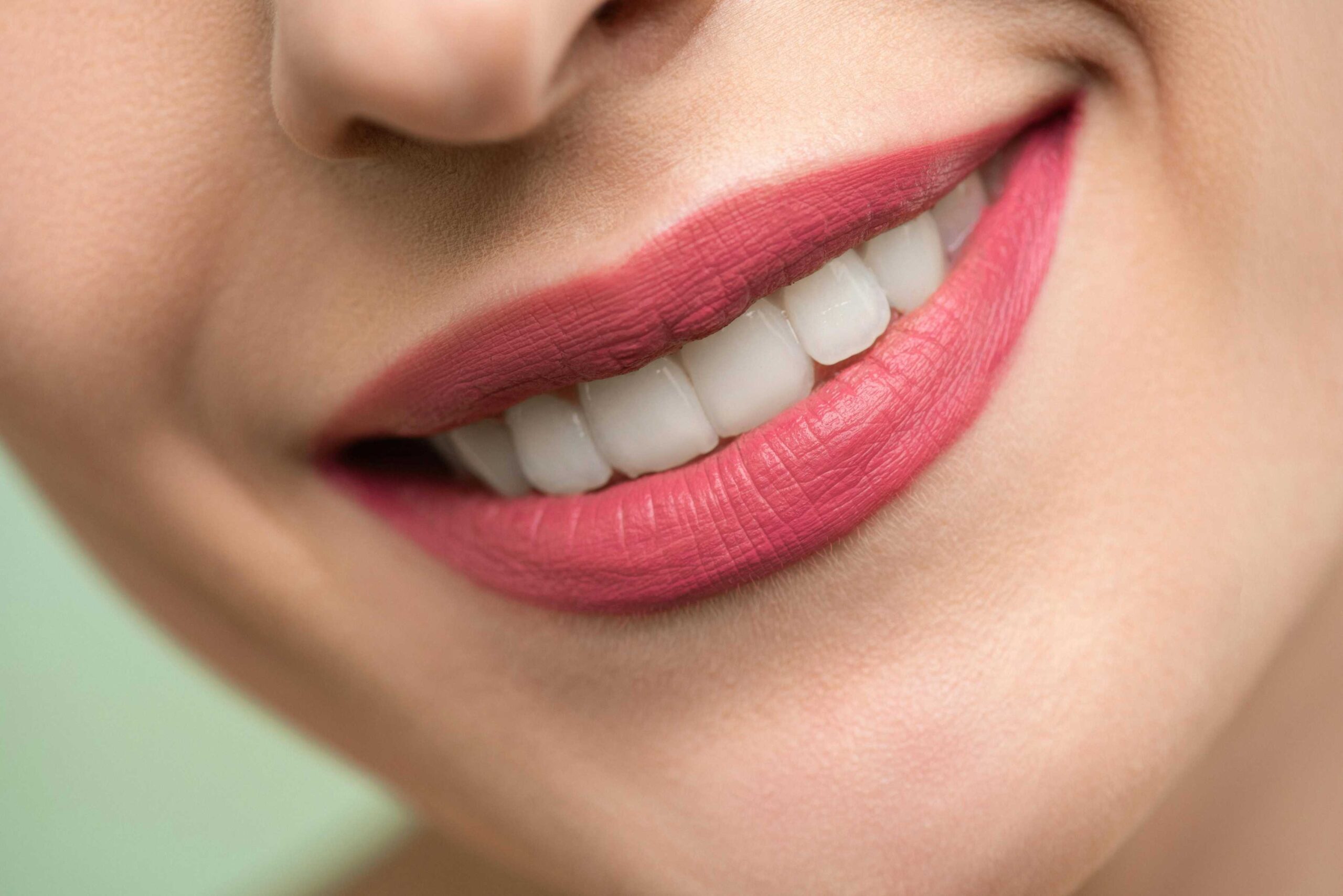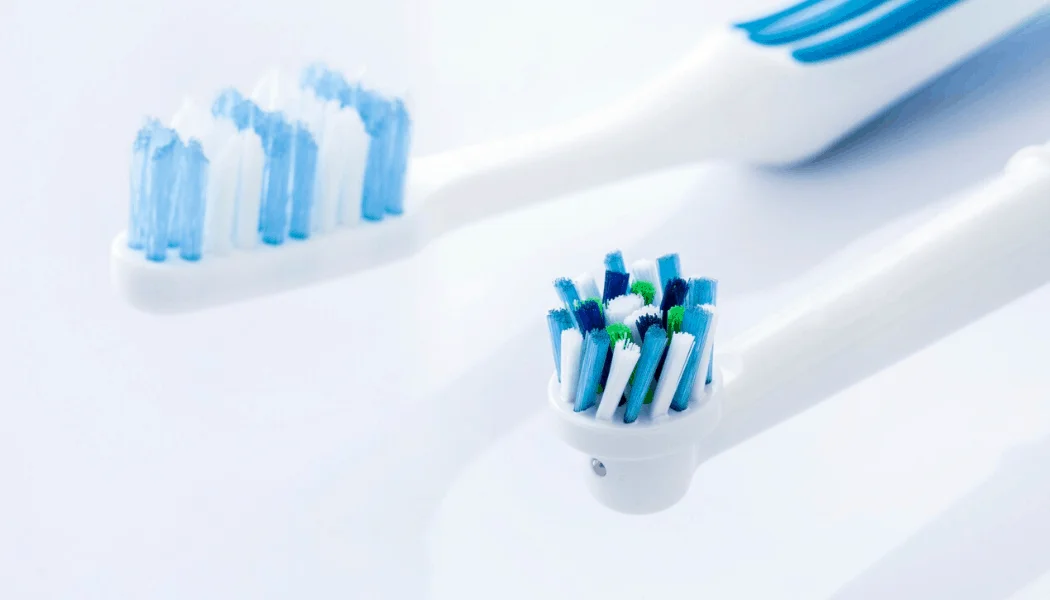What is a dental inlay? What about a dental onlay? What is a crown? And when might your dentist recommend either one of them? Fillings and cavities ar
Filling vs. Inlay vs. Onlay vs. Crown: What’s The Difference And Which Is The Right One For You?
What is a dental inlay? What about a dental onlay? What is a crown? And when might your dentist recommend either one of them? Fillings and cavities are part of the equation, both of which you may be more familiar with. We’ve put together an infographic to provide you some more information to fill in the gaps and get a better idea of what type of treatment your dentist may recommend if you have a cavity.
The Dental Filling Vs The Inlay
In theory, these two can often be used interchangeably, but inlays are typically reserved for much larger cavities. They both involve removing the existing cavity with a drill and filling that empty space, but how that space is filled is where they primarily differ. With a filling, an amalgam or composite material is used to fill the space, and it’s a much quicker process, involving only a single visit.
With an inlay, the space is filled with a single, solid piece that is usually fabricated in a lab and they are typically made out of a material like gold or ceramic. The inlay must be made precisely to the shape and size of the empty space, otherwise food and bacteria will enter the space, resulting in further decay. The upside to an inlay is that they do not contract to the same degree as a filling after being placed, so there is less chance of the restoration failing for that reason, or creating a gap between the filling and the surrounding tooth structure. Inlays also create a tougher and theoretically more durable surface for use when chewing, and as such, an inlay should be more reliable long term, although the data on that is mixed and inconclusive.
Also Read: Managing your toothache at home.
Onlays Vs Dental Crowns
These are your more major single-tooth restorations, reserved for larger areas of decay where a filling or inlay won’t work due to the amount of tooth structure that must be removed. The primary distinction between an onlay and an inlay is that an onlay will cover a cusp of the tooth, whereas an inlay only fills the area between the cusps. The cavity is still drilled from the tooth, and an onlay is fabricated to the exact size and shape of the space. Conversely, a crown will cover the entire biting surface of the tooth, as well as the tooth structure above the gum line.
Compared to a crown, an onlay is a less aggressive restoration when one can be performed, as less tooth structure needs to be removed in order to place the onlay. The costs are similar, but an onlay is a little cheaper than a crown. As such, an onlay is actually the preferred restoration when possible. However, the caveat here is that an onlay is more difficult to do correctly and more reliant on the skill of the dentist.
Your dentist will talk through the various options available with you and will consider a number of factors including extent of the repair, where in your mouth the filling is needed and the cost, before advising you which type of filling material is best suited for you.
For more information, book a consultation by calling 01943 874476 today.








